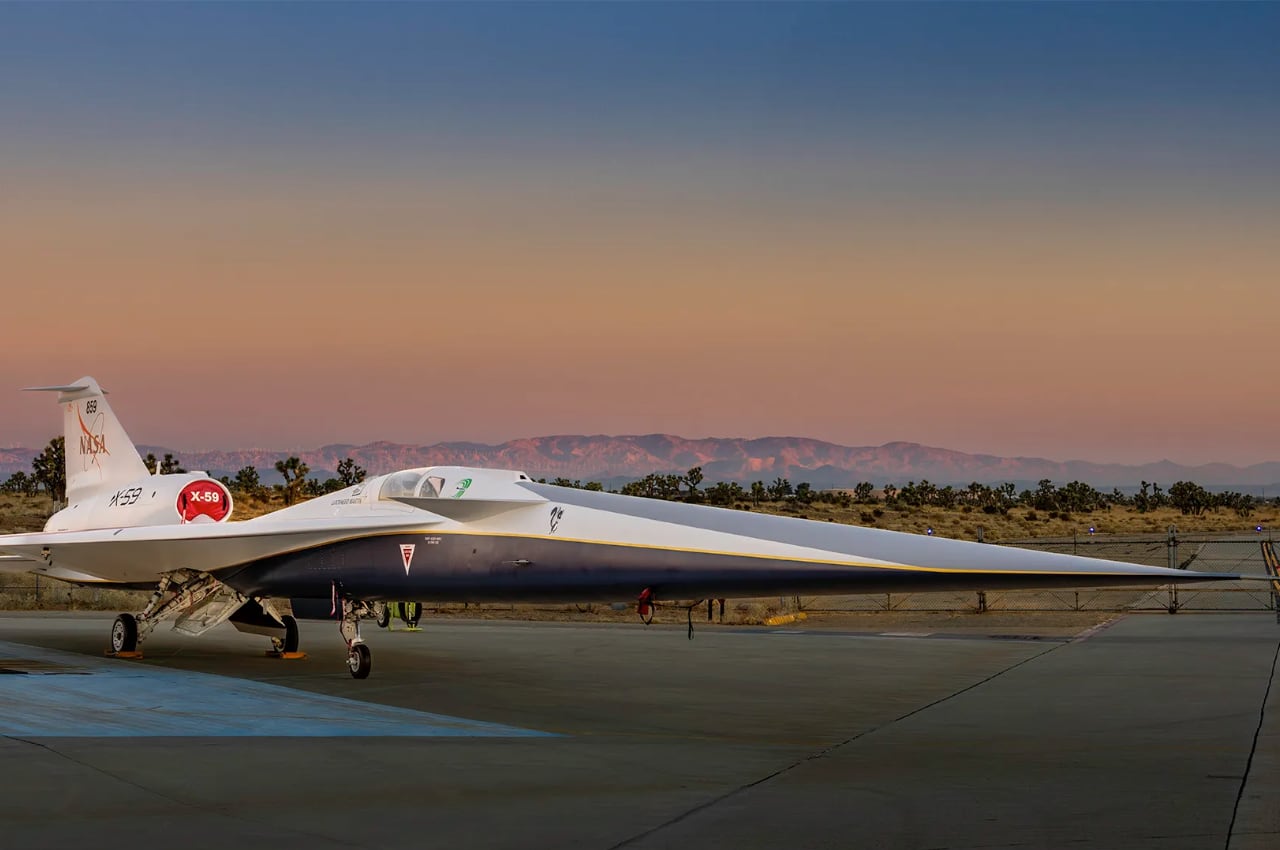NASA has officially revealed the X-59, an experimental aircraft developed in partnership with Lockheed Martin, marking a significant milestone in aviation history. This plane has a unique stretched-out arrowhead shape and is painted in red, white, and blue to redefine supersonic flight. The X-59 has an ambitious yet profound mission: to break the sound barrier over land while minimizing the sonic boom to a level that won’t startle those on the ground.
Designer: Lockheed Martin Skunk Works x NASA
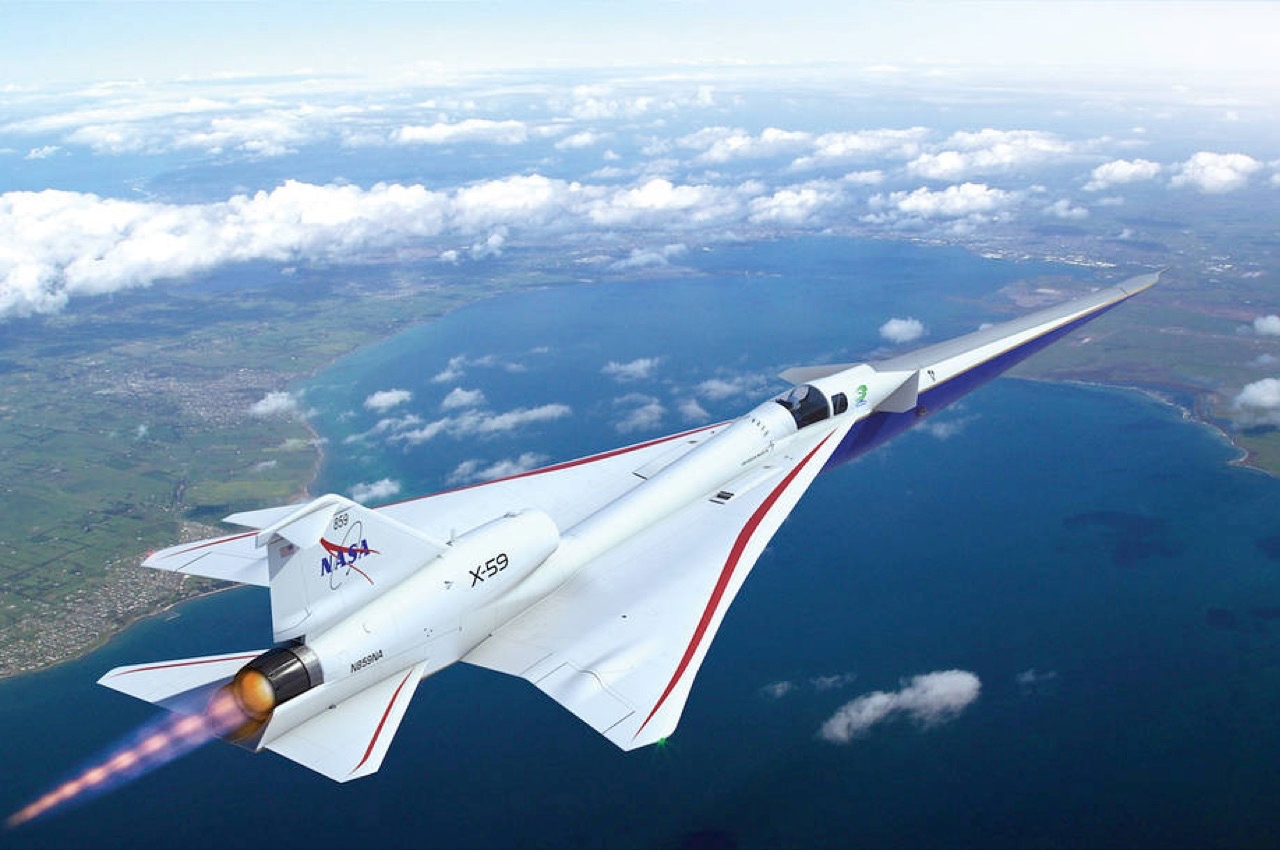
The X-59’s design is a marvel of aerospace engineering. Its most striking feature is its elongated nose, measuring 38 feet long, which is over one-third of its total length of 99 feet and 7 inches. This design is integral to the aircraft’s ability to reduce sonic boom intensity. Within this innovative structure, there’s a compartment for a single pilot. However, the X-59 breaks conventional norms by having a flush cockpit with the aircraft’s surface, eliminating the need for a forward windshield. Instead, pilots will rely on an advanced camera system and a screen inside the cockpit, providing them with a virtual view of their surroundings.
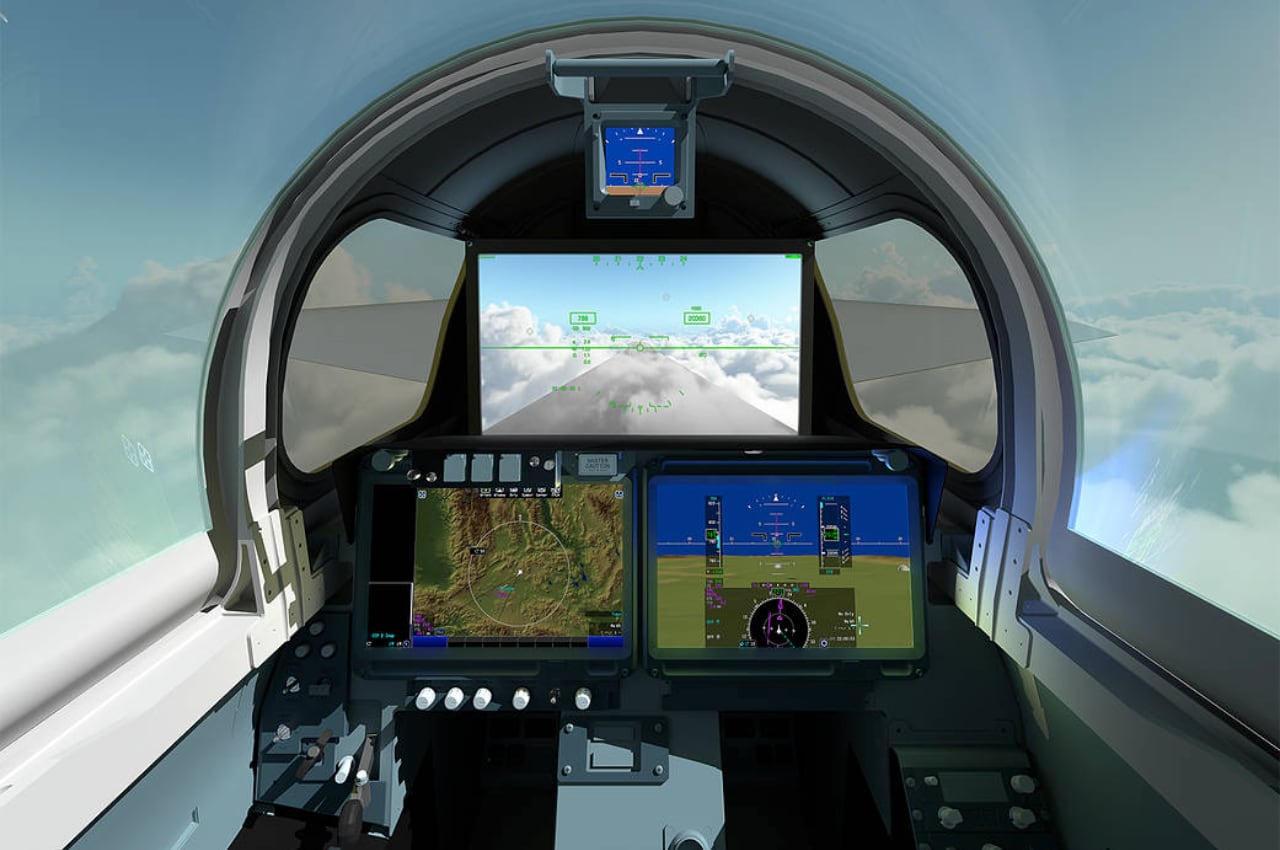
The two NASA test pilots operating the X-59 are equipped with a state-of-the-art 4K monitor, replacing the traditional glass windshield. Despite this unconventional setup, the aircraft does include traditional windows, although these do not offer a direct forward view. Instead, a glass canopy allows the pilot to look up or to the sides, enhancing spatial awareness. Interestingly, the aircraft also features two additional windows that offer limited forward visibility due to the placement of a wing assembly known as a canard. This innovative design prompted a humorous exchange, with lead test pilot David Nils Larson joking about a “Wonder Woman mod” for see-through metal canards.
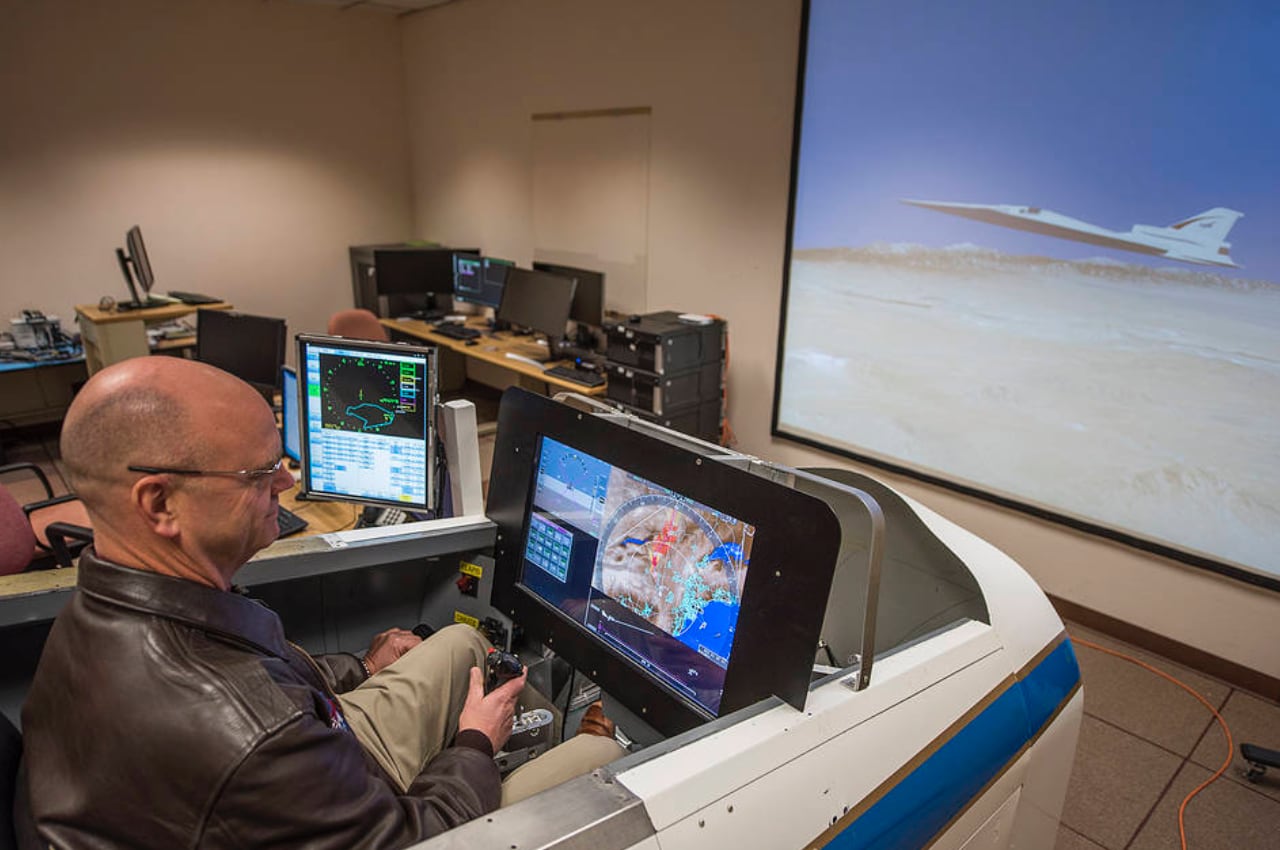
The X-59 also boasts the eXternal Visibility System (XVS), a cutting-edge feature combining images from two cameras outside the aircraft with advanced terrain data. This system ensures pilots have comprehensive visual information, even without direct forward visibility. The aircraft is equipped with two distinct camera systems: a high-definition camera on the top and a retractable camera on the bottom. The latter is crucial for having a view of the runway and retracting during flight to maintain aerodynamic efficiency and reduce sonic boom impact.
NASA’s X-59 aircraft is specifically designed to reduce the effects of breaking the sound barrier. Typically, when an aircraft flies at speeds of approximately 925 miles per hour at an altitude of around 55,000 feet, it produces shockwaves that create a loud sonic boom. However, the X-59 aims to produce a milder “thump” sound instead. The aircraft’s careful design, including its long nose, plays a crucial role in achieving this. The long nose helps to space out the shockwaves created by the aircraft, preventing them from merging into a louder sonic boom.
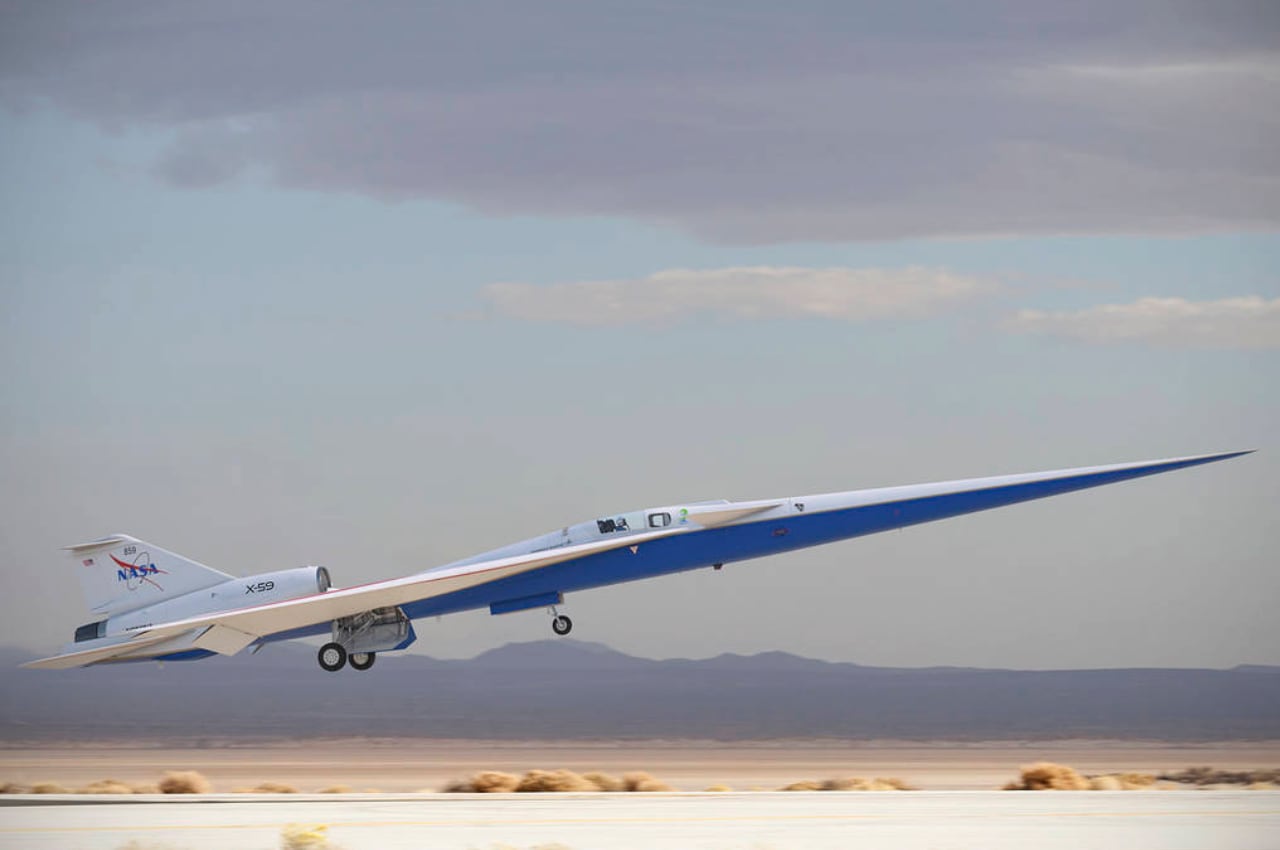
While the X-59 is ready to roll out, its flight tests are scheduled for later this year. The pilots, having practiced in simulators, acknowledge that the X-59 may not be the easiest aircraft to handle, but its purpose transcends conventional flight performance. This aircraft is not just about breaking speed records; it’s about revolutionizing supersonic travel over land in a quiet and discreet manner.
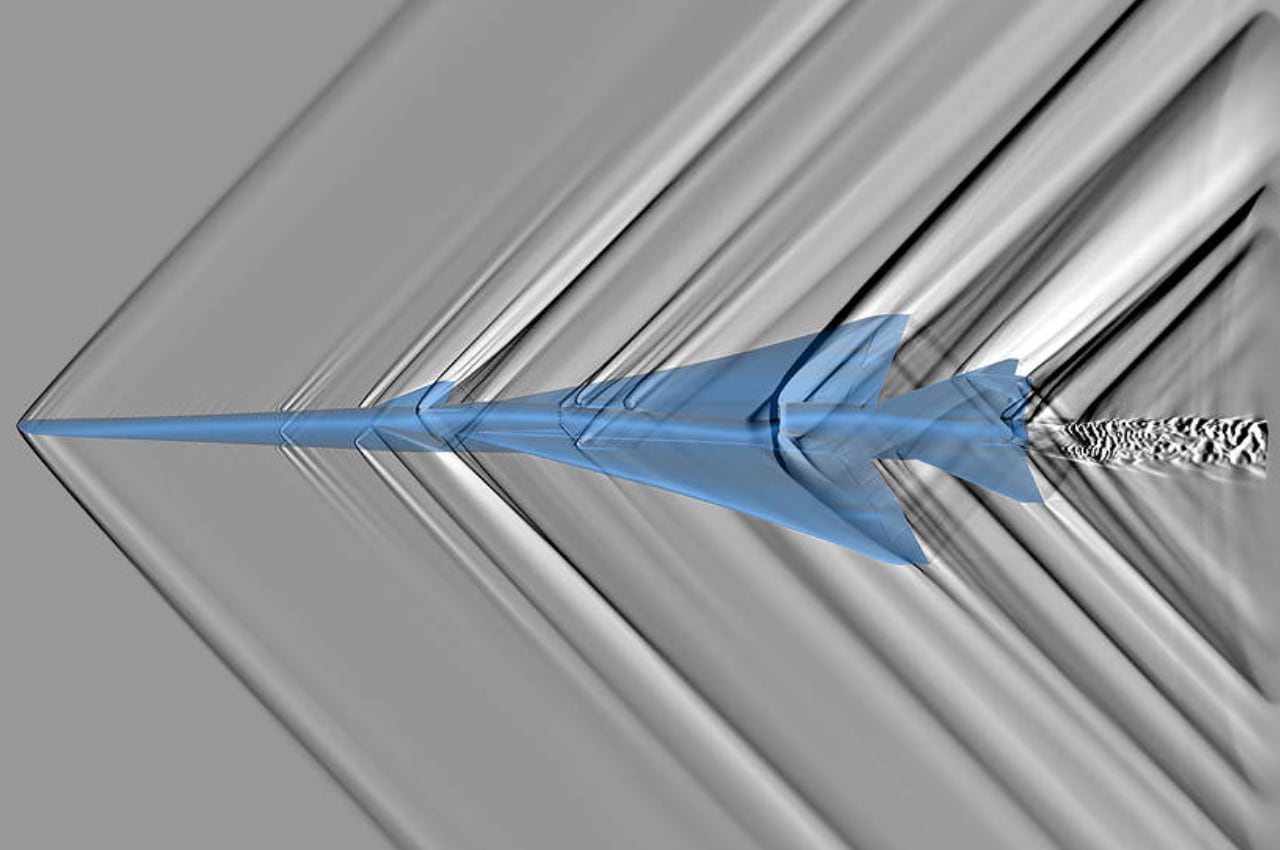
In conclusion, the X-59 marks a pivotal moment in aviation history. It combines innovative design with cutting-edge technology and holds the potential for faster and quieter travel in the future. As this aircraft prepares to take to the skies, it carries with it the hopes and aspirations of the aviation industry, where the barriers of sound and efficiency are overcome with ingenuity and vision.
